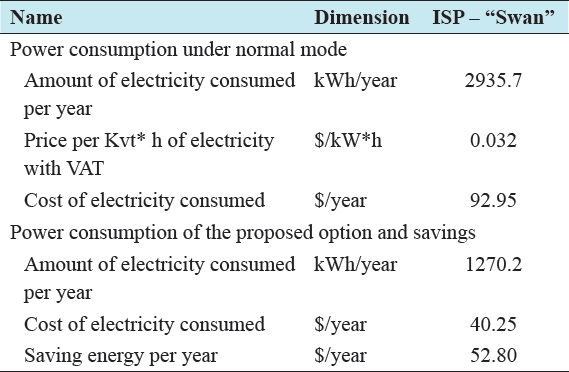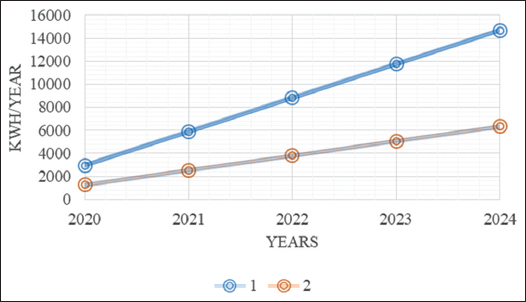Improvement of installation and dismantling of submersible pump units in the conditions of underground leach mines
O. M. Kurbonov*
Department of Mining, Navoi State Mining Institute, Navoiy, Uzbekistan
ABSTRACT
Uranium mining by underground leaching method is currently the newest and most progressive method. When mining uranium using this method, there is no need to build expensive mines or open pits and use many materials, and the number of people working in the construction and operation of deposits is reduced. It is possible to develop deposits with poor metal content. Further, expansion of underground leaching will be accompanied by improvement of technical means and technological processes. Improvement of machines, plants, and production processes is now one of the most important directions of technical progress in the field of underground leaching. Improvements and introduction of new technical solutions increase the reliability of the pumping station and units, the safety of its equipment, and provide the most economical work of the pump units and the station as a whole, as well as the study of the technology of installation and dismantling of pumps in pumped wells by installation of submersible pumps (ISP) – “Swan” is an actual scientific and practical task. The article deals with the issues of improving installation and dismantling of submersible pump units in the conditions of underground leaching mines. The results of performed analysis of different methods and devices for the purpose of tool tracking in wellbore, depending on axial depth and determination of pumping equipment installation length within specified depth limits in technological well of underground leaching ore are covered.The description, design elements, operating principle, technical and economic indicators of the developed technical solution and principal design scheme of the device for optimization of the process of mounting and dismounting pumps in wells ICP(Installation of submersible pumps) - Swan-type unit are presented.
Keywords: Cable, depth meter, installation length, method, mine, mounting installation, mounting-dismounting of pump unit, odometer, submersible pump, technological well, underground leaching





